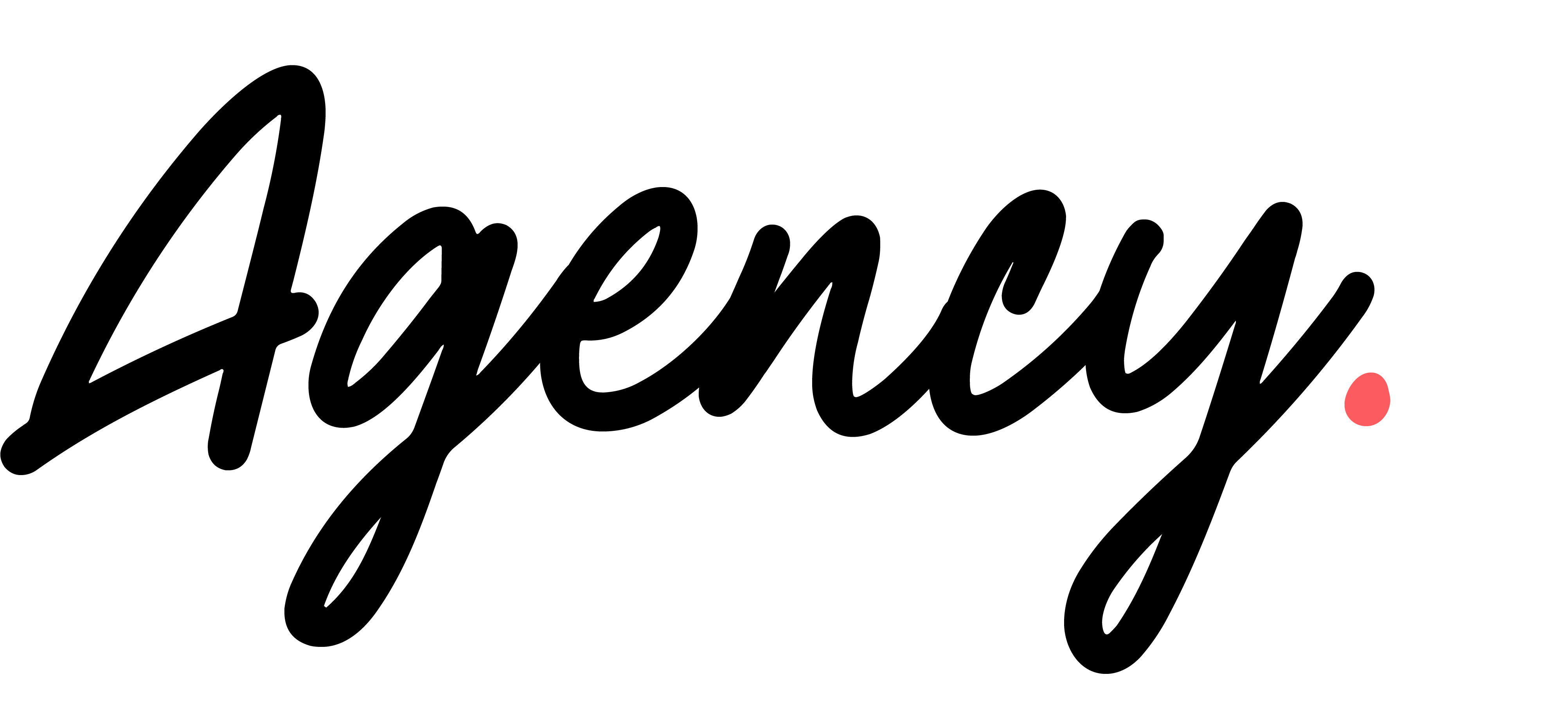5 Common App Design Mistakes and How to Avoid Them
- Kitti Derda
- Mar 22
- 3 min read
Designing a mobile application requires creativity and functionality. It's a balancing act to ensure users enjoy their experience while navigating the app's features. Surprisingly, even experienced designers can make mistakes that hurt usability. This post highlights five common app design errors and offers clear solutions for avoiding them.
1. Overcomplicating the User Interface
One of the most significant mistakes in app design is creating an overly complex user interface (UI). Research shows that 67% of users prefer a simple design, so it’s crucial to prioritize intuitiveness. A screen cluttered with too many icons, buttons, and notifications can overwhelm users and lead to frustration.
To maintain a clean design, focus on simplicity. Use whitespace intentionally, group similar elements together, and highlight the most important features. For instance, a banking app might display the balance prominently while using smaller icons for less frequently accessed features. This approach encourages users to engage more effectively, leading to higher retention rates.
2. Ignoring User Feedback
Neglecting user feedback can severely impact the success of your app. A study by UserTesting found that apps that incorporate user insights see a 25% increase in user satisfaction. Your users are your best resource for identifying flaws and suggesting improvements. When you don’t listen to their insights, you risk missing opportunities for enhancements.
To avoid this mistake, actively seek feedback through methods like surveys and app reviews. You could set up beta testing groups to gather insights during the development process. For instance, after rolling out a new feature, consider reaching out to users to gauge their experience. Implement changes based on their feedback to ensure you’re meeting their needs and expectations.
3. Not Optimizing for Different Screen Sizes
In today's world, users access apps on various devices, and failing to optimize your app for different screen sizes can significantly harm their experience. For example, a design that looks great on a smartphone may appear jumbled on a tablet. In fact, approximately 35% of users will abandon an app if they have to zoom in to read content.
To avoid this issue, employ responsive design techniques. Use flexible grids and layouts that adjust based on screen size. This ensures an optimal viewing experience across all devices, helping keep users engaged regardless of how they access the app.
4. Poor Navigation Structure
Confusing navigation can lead to user abandonment. If users can't easily find what they're searching for, they quickly lose interest. Research indicates that 38% of users will stop engaging with a website if they find the content/layout unattractive, and the same applies to apps.
To improve navigation, create a clear structure. Use familiar symbols and language for categories, maintain a consistent layout, and consider adding a search feature for easier access. For instance, a shopping app might display categories like "Men," "Women," and "Sale" with a clear search bar at the top. Your goal is to make navigation as intuitive as possible, guiding users seamlessly through the app.
5. Neglecting Accessibility Features
Accessibility in app design is critical but often overlooked. Data from the World Health Organization indicates that approximately 15% of the global population experiences some form of disability, affecting how they interact with technology. Not catering to this user base could alienate a significant audience.
To make your app accessible, implement features like speech-to-text options, adjustable text sizes, and high color contrast. For example, adding an option to increase text size can make a significant difference for users with visual impairments. By prioritizing accessibility, you ensure that your app is welcoming to all users, regardless of their abilities.
Elevating Your App's Design
Creating an app that captivates users requires careful attention to design details. By avoiding common mistakes like complex user interfaces, ignoring user feedback, failing to optimize for different screen sizes, having poor navigation structures, and neglecting accessibility, you enhance the app's usability and appeal.
Investing time in thoughtful design can yield significant rewards. Remember to embrace simplicity, listen to your users, and your app could thrive in a competitive market.






Comments